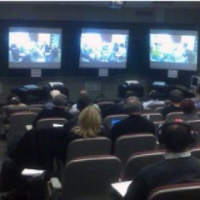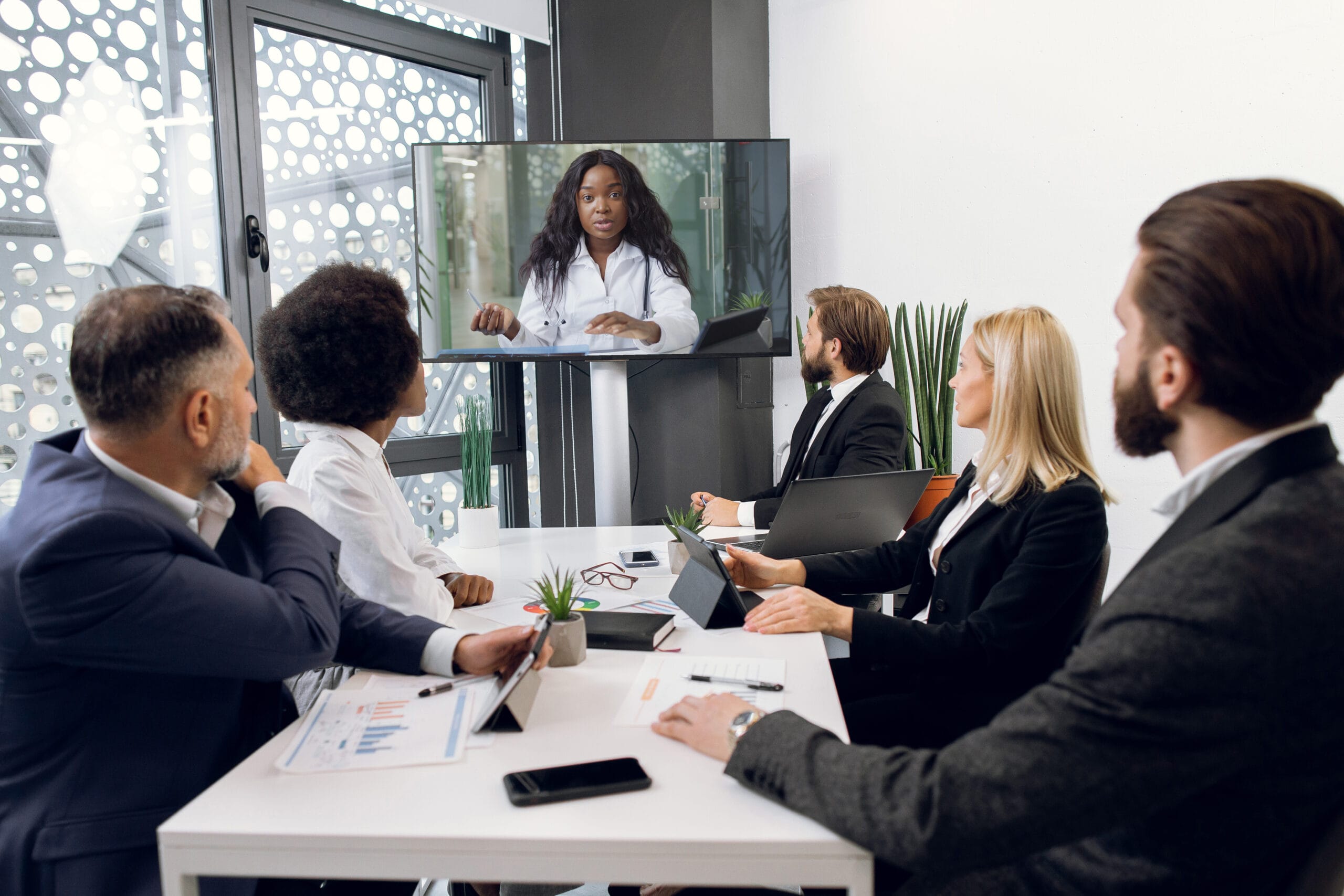Trial Presentation Clarifying Complex Evidence for Courtroom Understanding
Wiki Article
Captivate the Jury: Important Elements of a Powerful Trial Discussion
In the realm of lawful campaigning for, the ability to captivate a jury is extremely important to the outcome of a test (trial presentation). Essential elements such as recognizing the target market, crafting an engaging story, and mastering spoken and non-verbal interaction are critical parts of a reliable discussion. Furthermore, the critical use visual aids can significantly enhance understanding and retention of crucial debates. As these elements link, they create a cohesive technique that not only informs yet additionally engages jurors on multiple degrees. What specific methods can absolutely transform a conventional discussion right into a memorable experience for the jury?
Understanding Your Target Market
Comprehending your target market is a pivotal aspect of efficient trial presentation. An effective presentation pivots on the ability to understand the demographics, worths, and tendencies of jurors. This comprehension notifies just how disagreements are framed, evidence is provided, and psychological charms are crafted, making sure that the message resonates with the jurors on a personal degree.Research study indicates that jurors come from diverse histories and may have differing levels of comprehending relating to legal process. Furthermore, recognizing the jurors' possible predispositions and life experiences enables the test speaker to prepare for arguments and address concerns proactively.
Reliable test discussion additionally includes observing jurors' reactions during the process. Being in harmony with non-verbal signs can offer insight right into their engagement and understanding, permitting real-time changes in approach. Inevitably, a profound understanding of the target market not only improves interaction but additionally constructs relationship, increasing the possibility of a desirable end result. Engaging with jurors as people instead of a collective unit is crucial in cultivating a strong link in the court room.

Crafting a Compelling Narrative
Crafting an engaging narrative is important in guiding jurors via the intricacies of an instance. A well-structured narrative not only simplifies detailed lawful ideas however additionally involves jurors on an emotional level, making the information a lot more relatable and unforgettable.To attain this, lawyers should begin by determining the core message they wish to convey. This message should reverberate with the jurors' values and experiences, cultivating a connection that goes beyond plain realities. The story must unravel practically, presenting occasions in a clear sequence to avoid confusion. This sequential approach can assist jurors comply with the development of occasions, highlighting domino effect.
Incorporating human elements-- such as individual tales or stories-- can additionally improve the story's effect. These aspects stimulate compassion, allowing jurors to imagine the consequences of the situation on realities. Additionally, employing a constant theme throughout the presentation strengthens the major argument, making it much easier for jurors to preserve essential factors.
Inevitably, an engaging story transforms a trial discussion from a simple recounting of truths right into a convincing tale that astounds the court, encouraging them to deliberate with both reason and feeling.
Utilizing Visual Aids
Including visual aids into a test presentation can dramatically enhance jurors' understanding and retention of info. Aesthetic products such as charts, diagrams, photos, and videos can transform intricate legal concepts and proof right into conveniently digestible styles. By involving numerous senses, these help enable jurors to picture the situation's vital components, making it much easier for them to comply with along and understand detailed information.
Moreover, properly designed aesthetic aids can highlight crucial points and highlight relationships in between various pieces of proof. Timelines can properly highlight the sequence of events, while annotated photos can clarify certain information relevant to the case. This not just help in understanding yet also enhances the narrative provided browse around these guys by the attorney.
Extremely complex or messy visuals may bewilder jurors and take away from the message. Eventually, effective visual interaction can be an effective tool in encouraging jurors and helping them get to educated final thoughts.
Understanding Verbal Interaction
Effective spoken communication is important in a trial presentation, as it serves as the main ways through which lawyers share their debates and attach with jurors. Simpleness in language cultivates understanding and helps jurors comprehend intricate concerns presented throughout the test.In addition, tone and pacing considerably impact how messages are obtained. A certain tone conveys authority, while ideal pacing allows jurors to soak up information without feeling bewildered. Lawyers need to likewise differ their vocal inflections to stress bottom lines and preserve jurors' rate of interest throughout the discussion.
In addition, the organization of verbal debates is crucial. Structuring the narrative logically and coherently aids jurors comply with the lawyer's line of thinking, making it simpler for them to maintain essential information. Using influential techniques, such as narration, can also improve the emotional resonance of the disagreements presented, consequently developing a more extensive connection with jurors.
Inevitably, understanding verbal communication not only enhances a lawyer's instance yet also cultivates trust fund and connection with the court, substantially enhancing the opportunities of a favorable useful content decision.

Engaging With Body Language
Nonverbal interaction plays a vital role in trial discussions, typically communicating messages that words alone can not reveal. Body movement, including motions, pose, facial expressions, and eye contact, dramatically influences how jurors view the credibility and sincerity of the presenter. A confident stance, with shoulders back and an open position, can instill trust, while closed-off body movement may recommend defensiveness or uncertainty.
Faces should show the feelings linked with the case, strengthening the story being provided. For example, an honest expression during an emotional minute can evoke compassion and enhance the psychological charm. Inevitably, understanding body language is essential for efficient test presentations, as it boosts spoken interaction and establishes a compelling visibility that resonates with my sources the jury.
Conclusion
Finally, astounding the jury necessitates a critical technique that incorporates comprehending the audience, crafting a compelling narrative, using aesthetic help, understanding spoken communication, and involving via body language. Each aspect plays an important duty in producing a powerful test discussion that reverberates with jurors on both emotional and intellectual levels (trial presentation). By integrating these components effectively, legal experts can dramatically enhance their ability to convince and affect jury decision-makingReport this wiki page